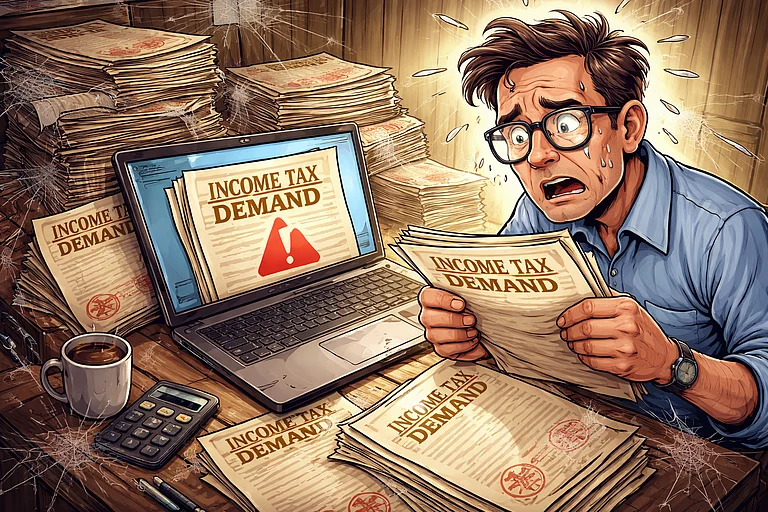In the wake of recent move by state governments reverting to the old pension scheme (OPS), the Reserve Bank of India (RBI), on January 16, 2023, sounded a note of caution against the reversion, stating that this poses a major risk on the “subnational fiscal horizon” and would result in accumulation of unfunded liabilities in the future.
The RBI shared its observations in a report titled, ‘State Finances: A Study of Budgets of 2022-23’.
The report comes in the backdrop of the Himachal Pradesh government becoming the latest state to announce its decision to revert to the dearness allowance (DA) linked OPS.
Notably, the governments of Rajasthan, Chhattisgarh, and Jharkhand had recently informed the Centre and the Pension Fund Regulatory and Development Authority (PFRDA) about their decision to restart OPS in their respective states.
What Is Old Pension Scheme?
The OPS offered government employees a defined pension which was 50 per cent of the last drawn salary.
Additionally, the pension amount was not deducted from the salary during the period of employment, unlike the National Pension System (NPS), which is a contributory pension scheme under which employees contribute 10 per cent of their salary (which is split between basic and the dearness allowance), along with the government contributing 14 per cent towards the NPS accounts of the employees.
Under OPS, pension amount of the employee was predetermined and linked to the last drawn salary and length of service, while NPS is a market-linked savings product.
Additionally, OPS permitted a retired government employee to receive the benefit of the revision of dearness relief (DR) twice a year, and the provision of the general Provident Fund (GPF) was also permitted only for all government employees in the country.
Interestingly in December 2022, the Centre in its attempt to boost the greater adoption of NPS, announced several measures which are slated to apply from this year onwards.
It announced that central, state government and central autonomous bodies’ employees who are subscribed to NPS would no longer be allowed to partially withdraw from their NPS account through self-declaration.
Additionally, on December 23, 2022, PFRDA notified it its circular that all government sector NPS subscribers will now have to submit their partial withdrawal requests mandatorily through their associated nodal offices.
What RBI’s Latest Report States
RBI said in its report that a major risk looming large on the subnational fiscal horizon is likely with reversion to the OPS.
“The annual saving in fiscal resources that this move entails is short-lived,” it said.
The report further noted that by postponing the current expenses to the future, the states actively risk the accumulation of unfunded pension liabilities in the coming years.
The RBI report further said that for 2022-23, states have budgeted an increase in revenue spending, mainly led by non-developmental expenditure, such as pension and administrative services, and budgetary allocations towards medical and public health and natural calamities have been lowered, while housing outlay has been increased.
“Committed expenditure, comprising interest payments, administrative services and pension, is expected to increase marginally from 2021-22 (RE),” the report said.
“Going forward, increased allocations for sectors like health, education, infrastructure and green energy transition can help expand productive capacities of states’ mainstream capital planning. It is worthwhile to consider creating a capex buffer fund during good times when revenue flows are strong, so as to smoothen and maintain expenditure quality and flows through the economic cycle,” the report added.













